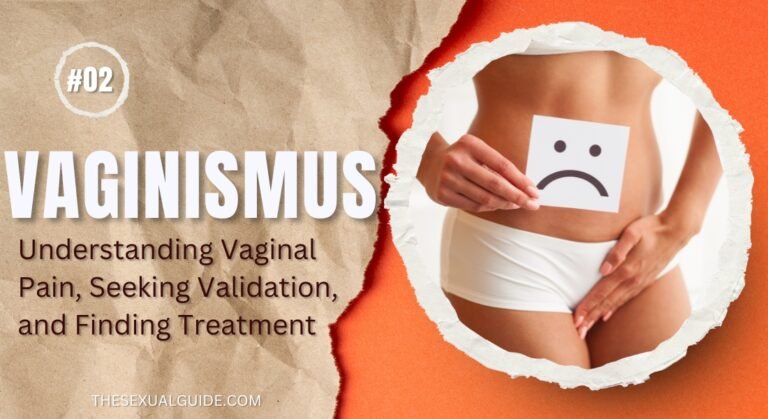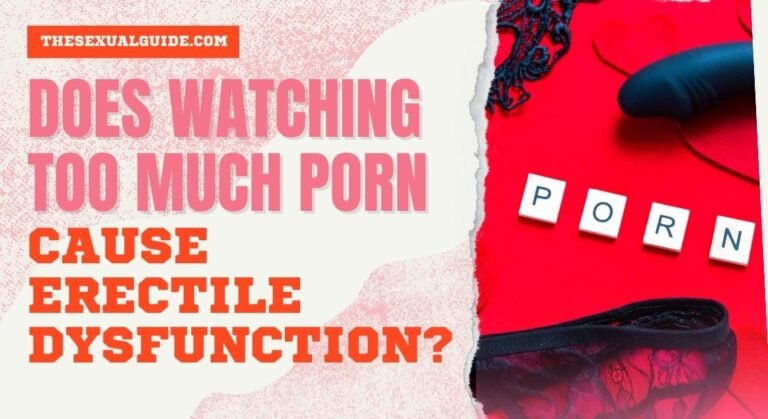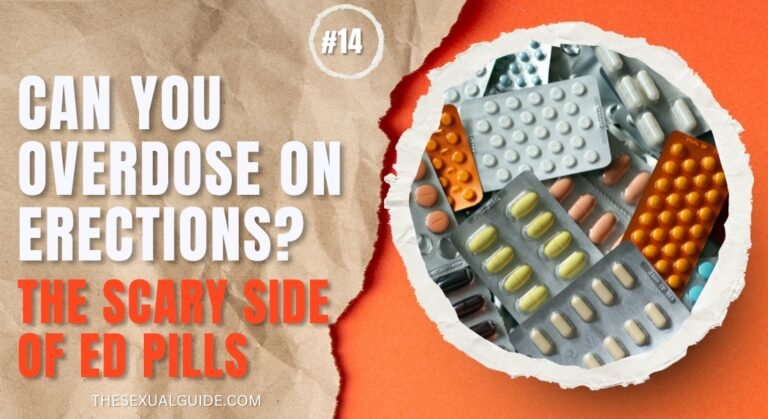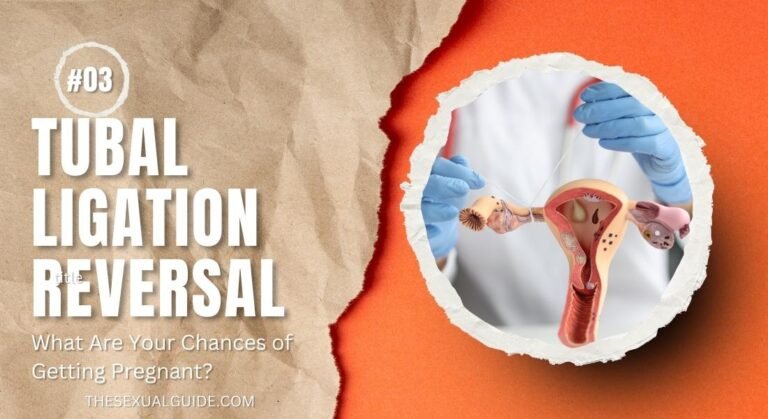As men age, changes in sexual function can become a common concern.
Understanding what’s typical and when to seek help is crucial for maintaining quality of life.
Understanding Erectile Dysfunction
Erectile dysfunction (ED) is the inability to achieve or maintain an erection sufficient for satisfactory sexual performance.
While occasional difficulties are normal, persistent issues may indicate ED.
Aging and Its Impact on Sexual Health
Aging can lead to:
- Reduced Blood Flow: Arteries may narrow, decreasing blood flow to the penis.
- Hormonal Changes: Lower testosterone levels can affect sexual desire and function.
- Medical Conditions: Increased risk of diabetes, heart disease, and hypertension can contribute to ED.
Distinguishing Normal Aging from Erectile Dysfunction
It’s important to differentiate between natural aging and ED:
- Normal Aging: May involve longer arousal times and less firm erections.
- Erectile Dysfunction: Persistent inability to achieve or maintain an erection, affecting sexual satisfaction.
Common Causes of Erectile Dysfunction
Several factors can lead to ED:
- Physical Causes:
- Cardiovascular diseases
- Diabetes
- Obesity
- Sleep disorders
- Psychological Causes:
- Stress
- Anxiety
- Depression
- Lifestyle Factors:
- Smoking
- Excessive alcohol consumption
- Lack of physical activity
When to Seek Medical Advice
Consult a healthcare provider if you experience:
- Persistent erection difficulties
- Reduced sexual desire
- Concerns about your sexual performance
Diagnosis and Treatment Options
A doctor may recommend:
- Lifestyle Changes: Improving diet, exercise, and sleep habits.
- Medications: Such as phosphodiesterase inhibitors (e.g., Viagra).
- Therapy: Counseling for psychological factors.
- Medical Devices: Vacuum erection devices or penile implants.
Preventive Measures
To reduce the risk of ED:
- Maintain a healthy weight
- Exercise regularly
- Avoid smoking and limit alcohol
- Manage stress effectively
Conclusion
While some changes in sexual function are a natural part of aging, persistent erectile issues are not.
Understanding the difference and seeking appropriate help can lead to effective management and improved well-being.
FAQs - Erectile Dysfunction and Aging: What's Normal and What's Not?
1. Is erectile dysfunction a normal part of aging?
While occasional changes in sexual performance can occur with age, erectile dysfunction is not an inevitable or "normal" part of aging. Many men maintain healthy erectile function well into older age. Persistent ED often signals an underlying health condition that can and should be addressed.
2. Why does ED become more common as men get older?
With age, risk factors like reduced testosterone, cardiovascular issues, diabetes, and decreased blood vessel elasticity become more prevalent. These factors can impair blood flow and nerve function, both of which are essential for achieving and maintaining an erection.
3. How can I tell the difference between age-related changes and a medical problem?
If ED is frequent, getting progressively worse, or affecting your quality of life, it may indicate a medical issue rather than just aging. Inconsistent erections or a drop in libido may also point to hormonal imbalances or other treatable conditions.
4. What are the best ED treatments for older men?
Effective treatments for older men include PDE5 inhibitors (like Viagra or Cialis), lifestyle changes, testosterone therapy (if Low T is diagnosed), and newer options like shockwave therapy or penile implants. A comprehensive medical evaluation can help determine the safest and most effective approach.






